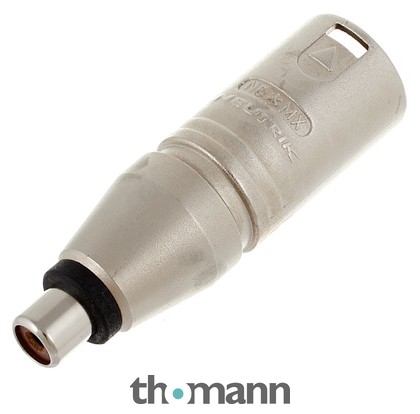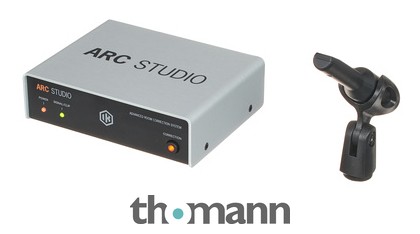boatheelmusic
Member
- Joined
- Jun 8, 2023
- Messages
- 20
- Likes
- 16
I found this….AKM chips

Does it have a calibration file?
REW can use this to compensate for the microphone's frequency response characteristics.
This is my UMK-1:
View attachment 356901
This is the MEMS microphone that came with the ARC Studio:
View attachment 356907
Apologies if you know all this.
Also, if the microphone didn't come with a calibration file, it might be worth asking Audyssey. The ARC Studio didn't come with a file, but I contacted IK Multimedia and they sent me one.
Free just for Windows users, yes? Looks like the MathEQ add-on component is not available in foobar2000 for Mac: https://www.foobar2000.org/macIt's REW an APO in one solution totally for free using Foodbar2000 specific for tech dummies like me that want a quality measurment in 1 hour without needing a bachelor in audio sceince. Quite underestimated piece of software. https://mathaudio.com/room-eq.htm
Yes, the power usage seems a bit of an over site, however, it doesn't really affect me; I turn everything off when I'm not using it anyway.Not just measurements - the comments about the software point out things that will be showstoppers for some. I'm not sure how that power consumption gets past the CE requirements, but maybe it's allowed if you don't have an off or standby switch.
It's aimed at studio users so it's fair to assume people will have a mic input. However from the audio setup screenshot at 6:31 it looks like you can select different input and output devices, so using a USB mic like the Umic-1 or even the HifiBerry should work if you don't have an interface. There's certainly scope for them to make hardware more suited to the hifi market, but that doesn't seem to be their thing. But I'm not the target market anyway - wrong OS.


Thank you for the tip! I'm quite good with soldering, so I can actually make such a cable myself... ;-)
Rather, I was worried that there would be no problem at the output when the reducer (or cable) connects the minus of both channels (cold) to ground.
So, is it true that if you already have a UMIK, you could purchase the ARC Studio without their microphone (which is available) and have it work properly?

In theory, but I don't think they offer a bundle with just the box and the software.
Regardless, the whole package, with the microphone, is significantly cheaper now than when I bought it:

IK Multimedia ARC Studio
Standalone Frequency Response Correction for Stereo Monitoring Systems Room correction independent of DAW or speakers, Simple creation of correction profiles, Up to 6 target curves for fine-tuning the room sound, Frequency response and phase...www.thomann.co.uk
Isn't that Focusrite Scarlett Solo designed as a single input-channel use?In the end, I got the Focusrite Scarlett Solo 4th Gen audio interface
"Designed to capture every part of your performance, Scarlett Solo’s mic preamp brings crisp, clear, rich detail to whatever you’re recording, from the softest vocal, to the loudest guitar."
https://us.focusrite.com/products/scarlett-solo
Isn't that Focusrite Scarlett Solo designed as a single input-channel use?

